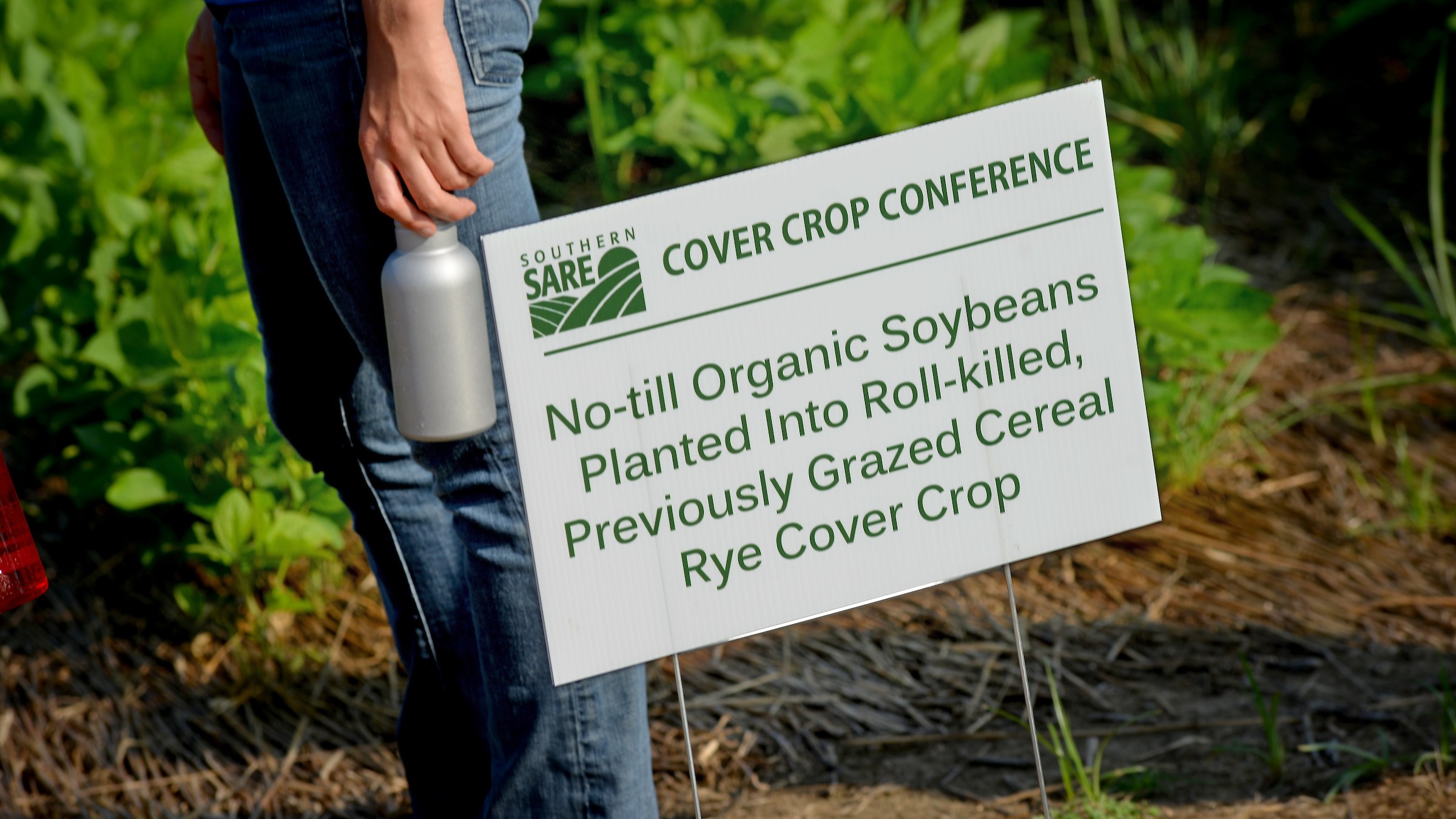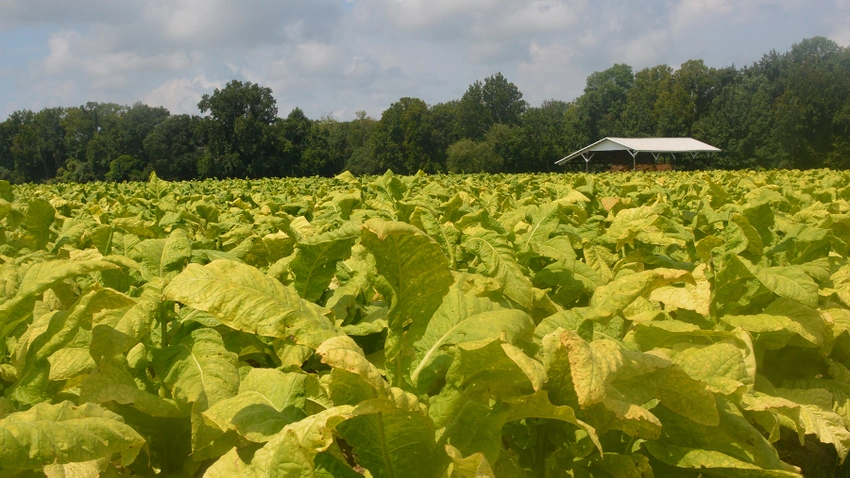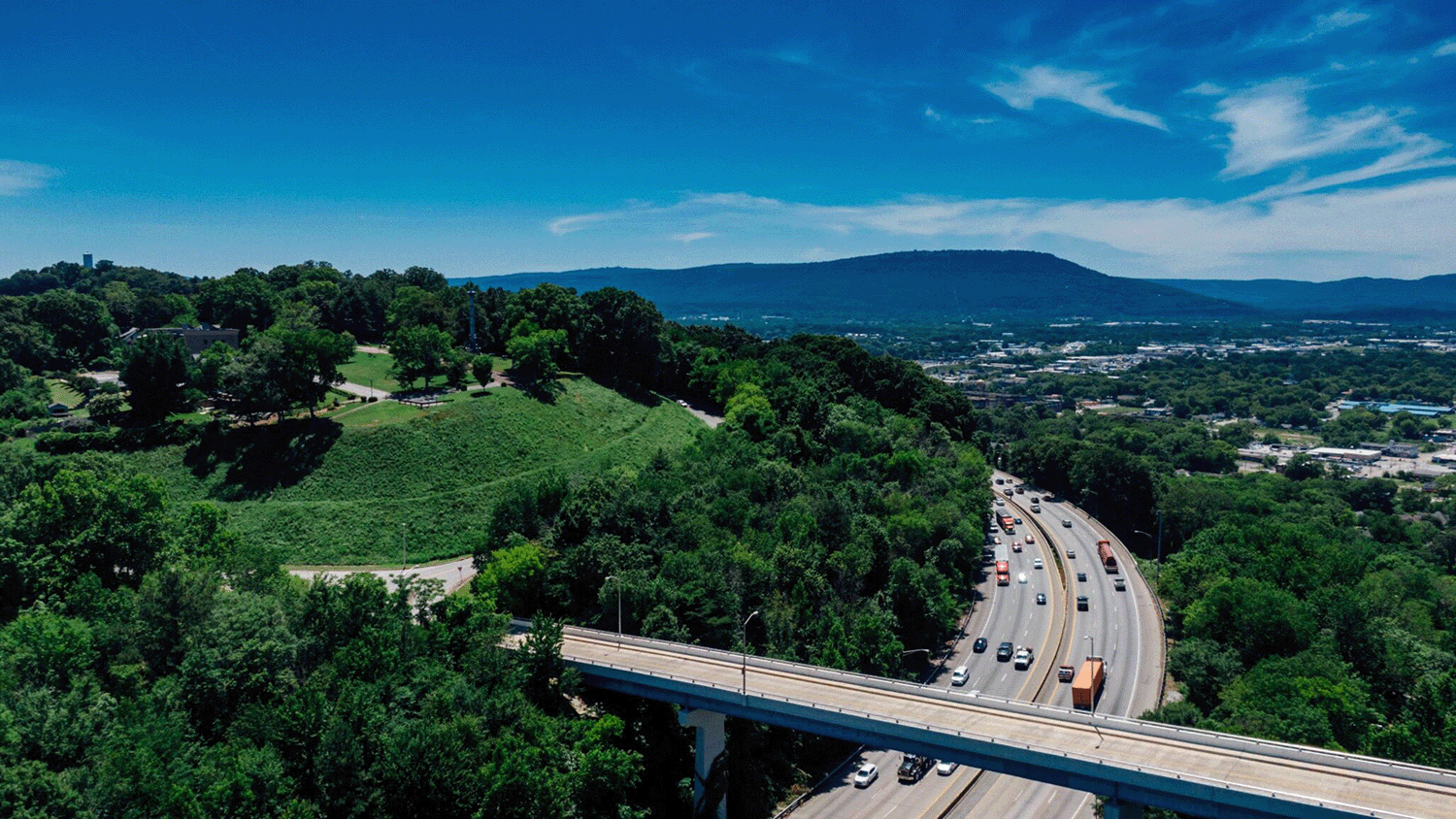Cover Crop Seeds in the United States: Industry Analysis and Policy Recommendations

Planting cover crops captures carbon, increases soil health and productivity, provides a habitat for beneficial insects and pollinators and prevents erosion or nutrient runoff. These are benefits to both the grower and the general public. So why is only 4% of agricultural land in the United States being planted with cover crops?
One potential factor is the costs associated with purchasing cover crop seeds. Seeds can be expensive and farmers might not be able to invest in a costly practice, even if they see the potential benefits. Associated costs like freight and storage can also make cover crops cost prohibitive. A team of researchers, including ARE professor Rod Rejesus, proposed several actions that can be taken to reduce the burden on farmers and increase the practice of using cover crops in the U.S. These are outlined below:
- Increase research on plant breeding and seed size. Smaller seeds would require less freight cost and storage space.
- Currently, cover crop seeds are not always labeled by their genetic cultivar. More transparency would allow growers to make more informed choices and likely have a better experience overall.
- Develop mixes of cover crop seeds so that seed shortages of any specific cultivar would not prevent planting.
- Despite only a small percentage of growers currently using cover crops, the cover crop industry is expanding rapidly. Research could be done to predict seed demand and actions can be taken to make sure the supply meets that demand. For example, developing a cover crop seed cost database to monitor cost fluctuations and assess what market forces affect the supply of cover crop seeds could be helpful.
- Offer financial incentives to cover crop seed companies such as tax breaks or subsidies.
- Make planting cover crops more attractive to farmers by subsidizing the cost of seeds or providing other financial support.
There are many ways to encourage growers to plant cover crops. Policymakers will need to review research like this in order to develop and implement systems to support the cover crop industry.


